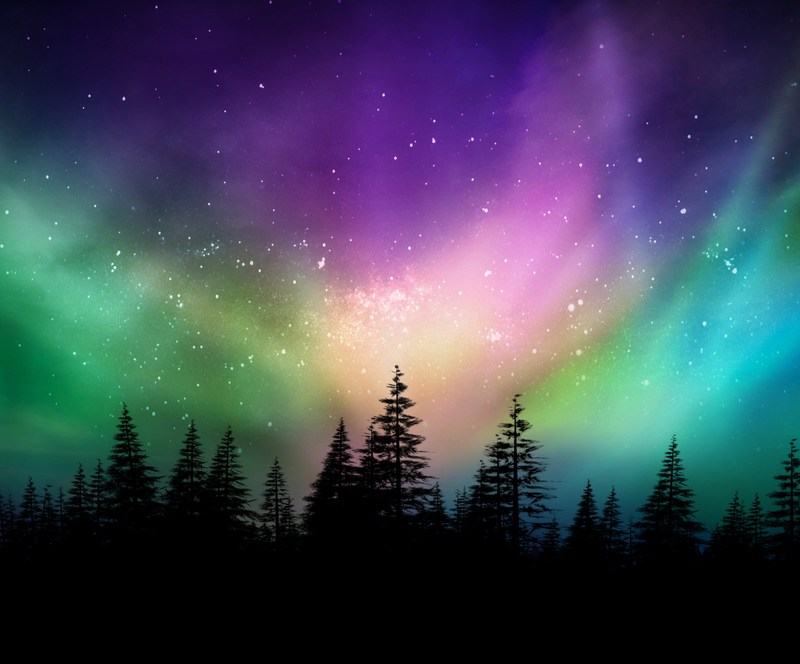
The northern lights — or aurora borealis — can be seen from many places in the Northern Hemisphere, but optimal viewing is from Alaska, northern Canada, northern Scandinavia, and Russia. Although a trip to one of those places can be fantastic, you don’t need to make that journey to see the northern lights.
Videos by TravelAwaits
Instead, you can watch the northern lights from the comfort — and warmth — of your own home on this live webcam, located in Churchill, Manitoba, Canada, and run by Explore.org, whose local partner is Polar Bears International. The organization — which includes scientists, conservationists, and volunteers — is dedicated to studying wild polar bears.
A Natural Phenomenon
The scientific name for the northern lights is aurora borealis. This was coined by astronomer Galileo Galilei, in 1619. The term comes from combining Aurora, the Roman goddess of dawn, with Boreas, the Greek name for the Wind of the North.
The lights themselves, of course, are a natural phenomenon that pre-dates mankind. For example, Space.com notes that cave drawings in France, believed to be more than 30,000 years old, depict the northern lights.
As you may expect, ancient peoples had their own explanations for the lights. For instance, the Menominee Indians of Wisconsin believed manabai’wok, or giants, were the spirits of great hunters and fishermen. They also believed the northern lights showed where the spirits were located, Northern Lights Centre explains. Likewise, the Inuit of Alaska believed the lights were the spirits of the seals, salmon, deer, and beluga whales they hunted.
In Finland, the northern lights were believed to be “spellfires, caused by forces of darkness and light waging war in the sky,” Lapland Above Ordinary explains. Similarly, in times of Vikings, the northern lights were believed to be “flickering light” cast by the armor of Valkyrie warriors, Visit Norway notes.
Why The Northern Lights Occur
Today, we know what causes the northern lights.
Here’s what happens: Storms on the sun send solar winds full of dust across space. The electrically charged solar particles then enter the Earth’s atmosphere near the poles, where the magnetic fields are weakest. When these particles collide with gases such as oxygen and nitrogen in the Earth’s atmosphere, it creates shafts of green, pink, red, yellow, blue, and violet light.

Optimal Viewing
The northern lights are brightest when seen on cold, dark winter nights because the long periods of darkness provide more viewing time as well as a larger, and starker, backdrop for the lights.
Given that the northern lights occur near the North Pole, seeing them will be easier the closer you get to the pole. In North America, the best places to see the lights are the northwestern parts of Canada — especially the Yukon, Nunavut, and Northwest Territories — as well as Alaska, Northern Lights Centre explains.
That said, the northern lights actually circle the pole in an oval shape, rather than a circle. This oval shape is called the Aurora Oval.
Located at the Churchill Northern Studies Center in Churchill, Manitoba, Explore.org’s live camera is directly under the Aurora Oval — making it an ideal place to see the northern lights. Plus, since late winter and early spring offer the optimal views of the northern lights from this location, this is the perfect time to watch them.
Once night falls, you can watch the northern lights here. If you want to learn about whether or not you can see the northern lights from your location, viewing tips can be found here. For additional inspiration, consider all our northern lights content here (including amazing stories of traveling around the world to see the northern lights!).
